Home>Renovation & DIY>Tools & Equipment>Why Do You Need A Stud Finder
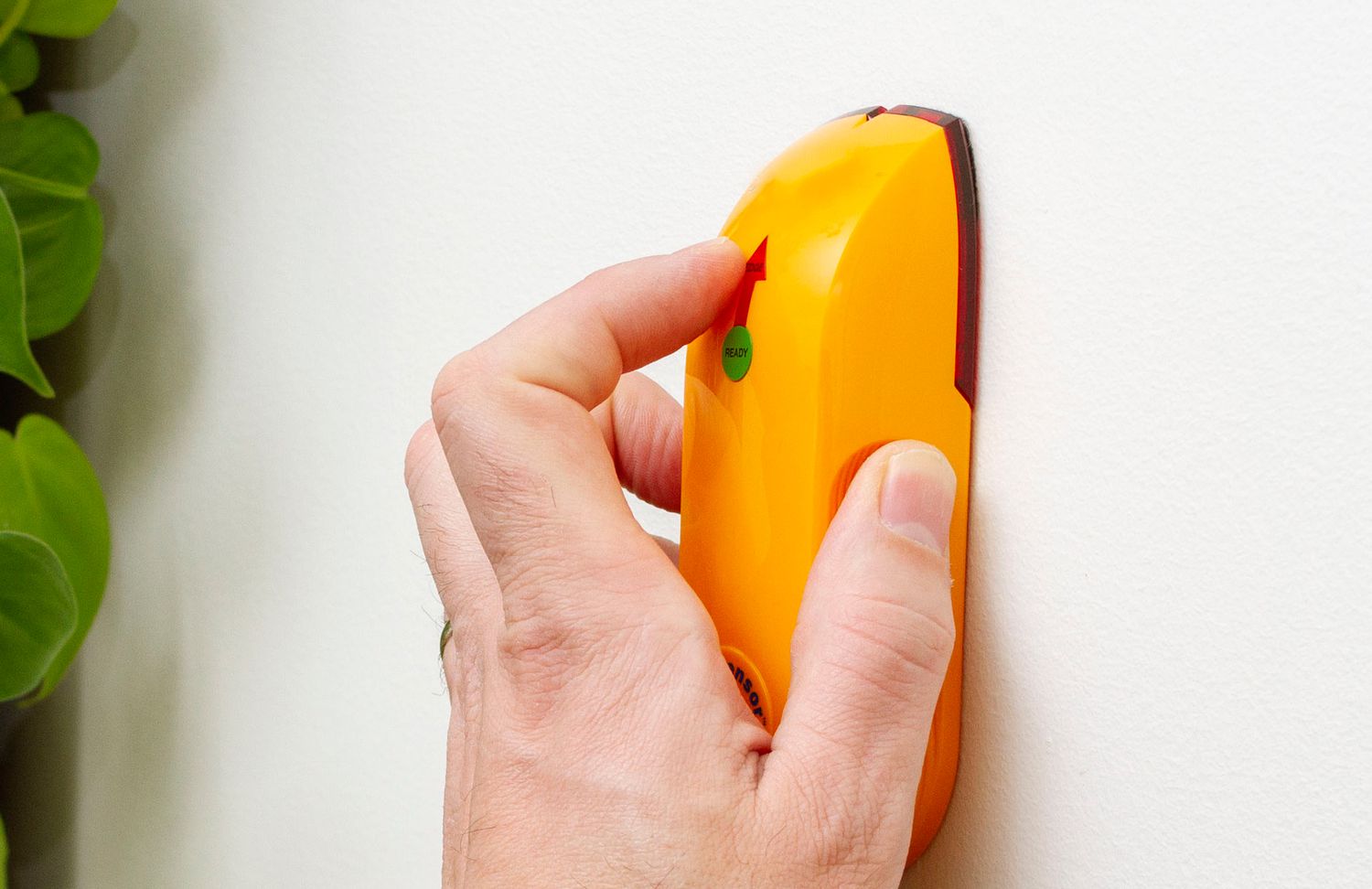

Tools & Equipment
Why Do You Need A Stud Finder
Modified: March 1, 2024
Discover why having a stud finder is essential for any DIY enthusiast. Find the perfect tools and equipment for your projects.
(Many of the links in this article redirect to a specific reviewed product. Your purchase of these products through affiliate links helps to generate commission for Storables.com, at no extra cost. Learn more)
Introduction
When it comes to home improvement projects or mounting heavy objects on your walls, finding a secure and stable anchor point is crucial. This is where a stud finder becomes an essential tool in your arsenal. A stud finder is a small handheld device that allows you to locate wooden or metal framing studs behind the drywall, ensuring that your screws or nails are securely fastened and won’t cause any damage.
Understanding the structure of your walls and the importance of finding the studs is key to ensuring stability and safety in your home. While it may seem like a straightforward task, locating studs can be more challenging than it appears. This is where a stud finder comes to the rescue, providing accuracy and precision in determining the exact location of studs within your walls.
Whether you are hanging a heavy mirror, installing a new shelf, or mounting a TV, using a stud finder can save you time, effort, and potential headaches by preventing accidents and ensuring that your items are securely anchored. With advancements in technology, stud finders have evolved to offer different functionalities and features to cater to various needs and preferences. From basic magnetic stud finders to more advanced electronic models, there is a stud finder suitable for every DIY enthusiast or professional tradesperson.
In this article, we will delve into the importance of using a stud finder, the benefits it provides, the different types available, and how to use one effectively. By the end, you will have a clear understanding of why a stud finder is an essential tool and how it can simplify your home improvement projects.
Key Takeaways:
- A stud finder is crucial for secure and stable mounting, preventing wall damage, and maximizing load capacity. It offers benefits such as accuracy, efficiency, and enhanced safety, making it an indispensable tool for DIY projects.
- When using a stud finder, it’s important to avoid common mistakes like not calibrating the device and over-relying on markings alone. By choosing the right type of stud finder and following proper techniques, you can simplify your projects and achieve professional results.
Read more: Why Is My Stud Finder Beeping
Understanding Studs
To truly appreciate the significance of a stud finder, it’s essential to understand what studs are and their role in the construction of your walls. In traditional wood-frame construction, studs are vertical members that form the backbone of the structure. They provide support, stability, and a secure anchor for attaching various elements to your walls.
Studs are typically made of wood or metal and are spaced apart at regular intervals. In North America, the standard spacing between studs is 16 inches on center (or 16″ OC), meaning that the distance between the centers of adjacent studs is 16 inches. However, there are cases where the spacing may vary, such as in older homes or non-standard construction.
When it comes to finding studs behind the drywall, there are a few tell-tale signs that can help you identify their approximate location. One common method is to look for nail or screw pops, which indicate the presence of a stud. These are small circular indentations or protrusions in the drywall, usually caused by the fasteners holding the drywall to the studs. However, relying solely on this method can be unreliable, as these signs might not always be visible or accurately represent the stud placement.
This is where a stud finder becomes invaluable. A stud finder uses different technologies, such as magnets or electronic sensors, to detect changes in density behind the wall. By moving the stud finder across the surface of the wall, you can pinpoint the exact location of the studs.
It’s important to note that studs are not evenly distributed across the wall. They are typically placed closer to corners, as well as around windows and doors, to provide additional support for these areas. By understanding these tendencies, you can narrow down your search area and maximize the efficiency of your stud finder.
Now that we have a basic understanding of what studs are and their significance, let’s explore why having a stud finder is essential for your home improvement projects in the next section.
The Importance of a Stud Finder
Having a stud finder is not just a convenience; it is a crucial tool that ensures the stability and durability of your wall fixtures. Here are a few reasons why a stud finder is important for your home improvement projects:
- Ensures Secure Mounting: When mounting heavy objects on your walls, such as shelves, cabinets, or TVs, using the studs as anchor points is essential. Studs provide a solid foundation for secure and stable mounting, preventing items from falling or causing damage to the wall.
- Prevents Wall Damage: When you blindly drill holes or insert screws into the wall without locating the studs, you run the risk of damaging electrical wires, plumbing pipes, or compromising the integrity of the drywall. A stud finder helps you avoid these risks by guiding you to the safest areas for fastening.
- Maximizes Load Capacity: By attaching heavy items directly to the studs, you can distribute the weight evenly and maximize the load-carrying capacity of the wall. This is especially important for items like floating shelves or large mirrors that require exceptional support.
- Increases Longevity: When objects are mounted solely on the drywall without the support of studs, over time, the weight can cause the drywall to sag, crack, or crumble. By using a stud finder to locate studs, you can ensure that your wall fixtures remain secure and intact for years to come.
- Saves Time and Effort: Without a stud finder, locating studs can be a tedious and time-consuming process of trial and error. With a stud finder, you can quickly and accurately locate the studs, saving you time and effort in your home improvement projects.
Overall, a stud finder is a valuable investment that ensures the stability, safety, and longevity of your wall fixtures. By using this tool, you can have peace of mind knowing that your mounted items are securely fastened and your walls remain intact.
In the next section, we will explore the various benefits of using a stud finder and how it can make your DIY projects more efficient and hassle-free.
Benefits of Using a Stud Finder
Using a stud finder offers numerous benefits that go beyond simply locating studs. Let’s explore some of the key advantages of using a stud finder for your home improvement projects:
- Accuracy: A stud finder provides precise and reliable results, allowing you to pinpoint the exact location of studs with ease. This accuracy ensures that your wall fixtures are mounted securely and in the optimal position.
- Efficiency: Instead of relying on trial and error or tapping the wall, which can be time-consuming and unreliable, a stud finder speeds up the process of finding studs. This efficiency allows you to complete your projects more quickly and move on to other tasks.
- Versatility: Stud finders come in various types, including magnetic, electronic, and multi-scanning. This variety allows you to choose the stud finder that best suits your needs and preferences. Magnetic stud finders are simple and affordable, while electronic stud finders offer more advanced features, such as deep scanning and live wire detection.
- Enhanced Safety: One of the key benefits of using a stud finder is the added safety it provides. By locating the studs, you can avoid drilling into hidden electrical wires or damaging plumbing pipes. This ensures a safe working environment and prevents potentially dangerous accidents.
- Increased Confidence: With a stud finder, you can approach your projects with confidence, knowing that you are making informed decisions based on accurate stud locations. This confidence translates into a higher quality of work and a more professional finish.
- Cost Savings: By using a stud finder, you can prevent costly damage to your walls, plumbing, or electrical systems. Avoiding these repairs can save you significant money in the long run, making a stud finder a cost-effective investment.
- User-Friendly: Stud finders are designed to be user-friendly, with clear instructions and intuitive interfaces. Whether you are a beginner DIYer or a seasoned professional, using a stud finder is straightforward and requires minimal technical knowledge.
By utilizing a stud finder, you can take advantage of these benefits to simplify your home improvement projects, increase efficiency, and achieve professional results. Next, let’s explore the different types of stud finders available and their unique features.
When using a stud finder, be sure to calibrate it on a section of the wall without any studs to ensure accurate results. This will help you locate the studs with precision and avoid any mistakes during your project.
Different Types of Stud Finders
Stud finders come in different types, each utilizing various technologies to locate studs behind the walls. Understanding the different types can help you choose the right stud finder for your specific needs. Here are the main types of stud finders:
- Magnetic Stud Finders: Magnetic stud finders are the simplest and most affordable type. They work by detecting the nails or screws that hold the drywall to the studs. When the magnet in the stud finder reacts to the metal fasteners, you know you have found a stud. However, magnetic stud finders may struggle to detect wooden studs or studs covered with aluminum or non-magnetic materials.
- Electronic Stud Finders: Electronic stud finders use sensors to detect changes in density behind the wall. They can locate both wooden and metal studs, providing more versatility compared to magnetic stud finders. Electronic stud finders typically have different scanning modes, such as stud mode, metal mode, and AC wire mode. These modes allow you to scan for studs, detect metal pipes or wiring, and avoid potential hazards.
- Multi-Scanning Stud Finders: Multi-scanning stud finders combine the features of magnetic and electronic stud finders to provide more comprehensive scanning capabilities. They can detect multiple materials, including wood, metal, and live electrical wires. Multi-scanning stud finders often have a larger scanning depth, allowing you to detect studs that are deeper within the wall.
- Smartphone Stud Finder Apps: As technology advances, there are now stud finder apps available for smartphones. These apps use the phone’s built-in sensors, such as the accelerometer and magnetometer, to detect changes in the wall’s density. While smartphone apps can be convenient, they may not offer the same level of accuracy or reliability as dedicated stud finder devices.
When choosing a stud finder, consider factors such as your specific needs, budget, and the complexity of your projects. For simple DIY projects, a magnetic or basic electronic stud finder may suffice. However, if you frequently undertake more involved projects or work with various materials, investing in a multi-scanning stud finder with advanced features may be worth considering.
Now that we understand the different types of stud finders, let’s delve into how to use a stud finder effectively in the next section.
Read more: How To Use Zircon Stud Finder
How to Use a Stud Finder
Using a stud finder may seem daunting at first, but with a few simple steps, you can effectively locate studs behind your walls. Here is a step-by-step guide on how to use a stud finder:
- Select the right stud finder: Choose a stud finder based on your needs and the type of walls you have. If you have drywall, any type of stud finder should work well. However, if you have plaster walls, a magnetic stud finder may be more suitable.
- Prepare the area: Before you start scanning, remove any wall hangings or obstacles in the area you plan to work on. This will ensure a clear and unobstructed path for the stud finder to detect the studs.
- Calibrate the stud finder: Some electronic stud finders require calibration before use. Follow the manufacturer’s instructions to calibrate the stud finder properly, ensuring accurate results.
- Hold the stud finder against the wall: Place the stud finder flat against the wall, ensuring it is level and parallel to the floor. Start at a central point and slowly move the stud finder horizontally or vertically across the wall.
- Scan for studs: Activate the stud finder and begin scanning for studs. Pay attention to any indicator lights, beeps, or graphical displays that indicate a stud’s presence. As you move the device along the wall, it will emit a signal or change in response when it detects a stud.
- Mark the stud: Once you have located a stud, mark its edges using a pencil or masking tape. This will help you remember the stud’s position and prevent any accidental drilling or mounting in the wrong area.
- Continue scanning: Repeat the scanning process across the rest of the wall to locate any additional studs. Remember that studs are typically spaced 16 inches apart, so once you find one stud, you can estimate the location of the others.
- Verify the location: Once you have marked the studs, it’s a good idea to double-check their locations. One method is to tap the wall lightly with your knuckles, listening for a solid sound near the marked area. This can give you added confidence in the stud’s position.
By following these steps, you will be able to effectively use a stud finder to locate and mark the studs behind your walls. Remember, practice makes perfect, so don’t worry if you don’t get it right the first time. With experience, you will become more efficient and accurate in finding studs.
In the next section, we will highlight some common mistakes to avoid when using a stud finder to ensure the best possible results.
Common Mistakes to Avoid when Using a Stud Finder
While using a stud finder is a straightforward process, there are some common mistakes that can lead to inaccurate results or frustration. By avoiding these mistakes, you can ensure a more successful experience with your stud finder. Here are some common mistakes to avoid:
- Not calibrating the stud finder: Many electronic stud finders require calibration before use. Failing to calibrate the device can lead to inaccurate readings and false positives or negatives. Always follow the manufacturer’s instructions to properly calibrate your stud finder.
- Not starting from a central point: To ensure thorough coverage and accurate stud detection, start scanning from a central point on the wall. This will help you cover the entire wall surface and prevent any missed studs in the process.
- Not moving the stud finder slowly: Moving the stud finder too hastily can result in missed studs or inaccurate readings. It is important to move the device slowly and steadily across the wall to give it sufficient time to detect the studs and provide accurate feedback.
- Ignoring other indicators: Some stud finders offer additional features, such as detecting live electrical wires or metal pipes behind the walls. Don’t overlook these indicators, as they can help you avoid potential hazards and make more informed decisions during your projects.
- Over-relying on markings: While marking the locations of the studs is essential for reference, it’s important not to solely rely on these markings. Always verify the stud’s position by tapping the wall lightly and listening for a solid sound. This physical confirmation can give you added confidence in the accuracy of your stud finder.
- Not considering variations in stud spacing: Although studs are typically spaced 16 inches apart, it’s crucial to consider that there can be variations. In older homes or non-standard construction, the spacing may deviate from the standard. Be mindful of this and adapt your scanning approach accordingly.
- Using the wrong type of stud finder: It’s important to select the right type of stud finder for the specific wall material and your intended purpose. For example, using a magnetic stud finder on plaster walls may yield inaccurate results. Ensure that you choose the appropriate stud finder for your specific needs to ensure accurate and reliable readings.
By avoiding these common mistakes, you can improve the accuracy and efficiency of your stud finder and achieve better results in your home improvement projects.
Now that you are aware of these common mistakes, let’s conclude our discussion and recap the importance of using a stud finder.
Conclusion
A stud finder is an invaluable tool for anyone involved in home improvement projects or mounting heavy objects on their walls. By effectively locating the studs behind the drywall, a stud finder ensures secure and stable mounting, prevents wall damage, and maximizes the load capacity of your fixtures.
Using a stud finder offers many benefits, including accuracy, efficiency, versatility, enhanced safety, increased confidence, cost savings, and user-friendliness. By choosing the right type of stud finder and following the proper techniques, you can simplify your DIY projects, save time and effort, and achieve professional results.
When using a stud finder, it’s important to avoid common mistakes such as not calibrating the device, not moving it slowly, and over-relying on markings alone. By being mindful of these mistakes, you can ensure accurate stud detection and minimize frustration during your projects.
In conclusion, a stud finder is an indispensable tool that plays a vital role in the stability, safety, and durability of your wall fixtures. It empowers you to make informed decisions, avoid potential hazards, and complete your projects with confidence. Investing in a stud finder is a wise decision that will not only simplify your home improvement projects but also save you time, effort, and potential damage in the long run.
So the next time you embark on a project that involves mounting or securing items to your walls, remember the importance of a stud finder. It’s a small but powerful tool that can make a significant difference in the success of your endeavors.
Frequently Asked Questions about Why Do You Need A Stud Finder
Was this page helpful?
At Storables.com, we guarantee accurate and reliable information. Our content, validated by Expert Board Contributors, is crafted following stringent Editorial Policies. We're committed to providing you with well-researched, expert-backed insights for all your informational needs.
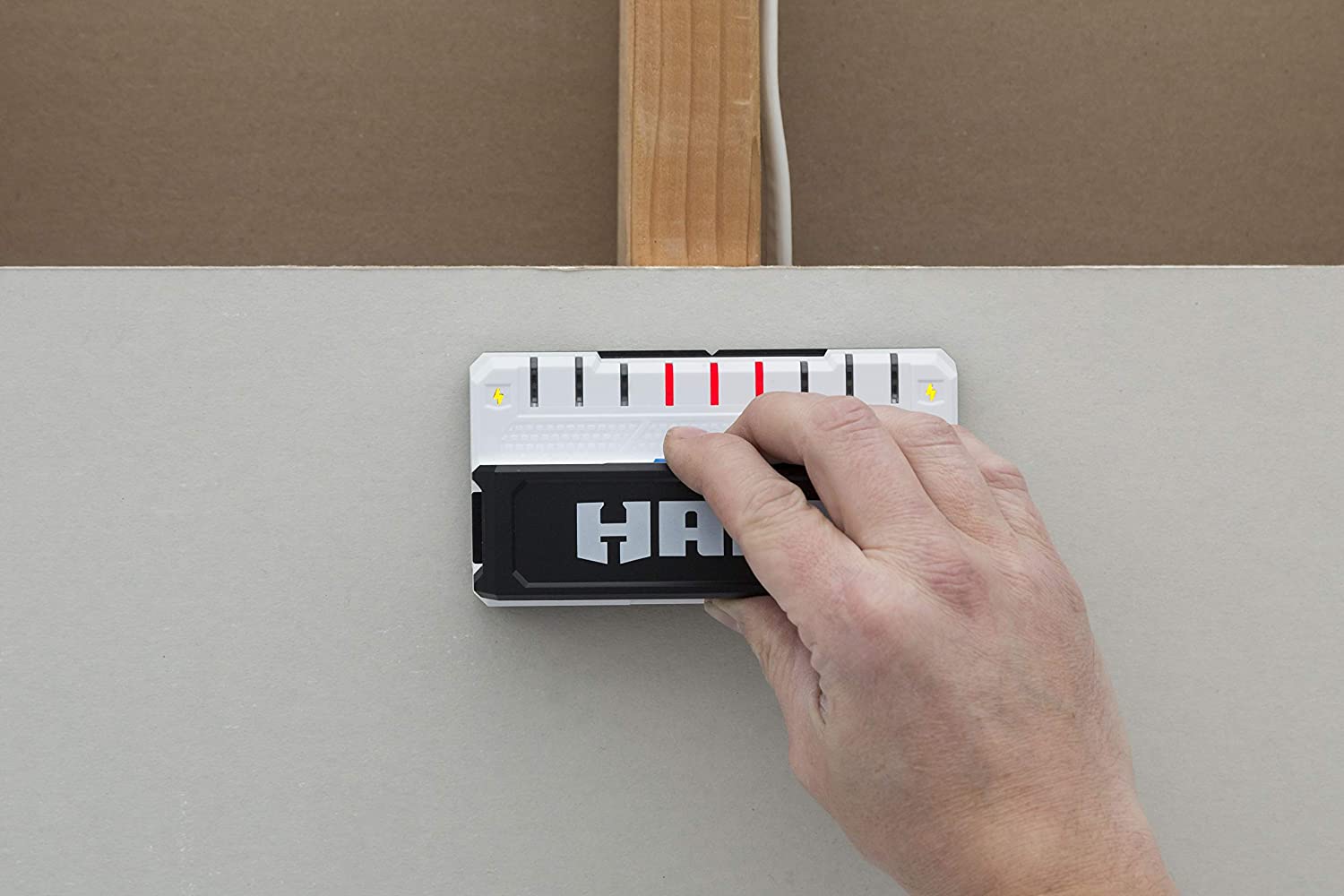
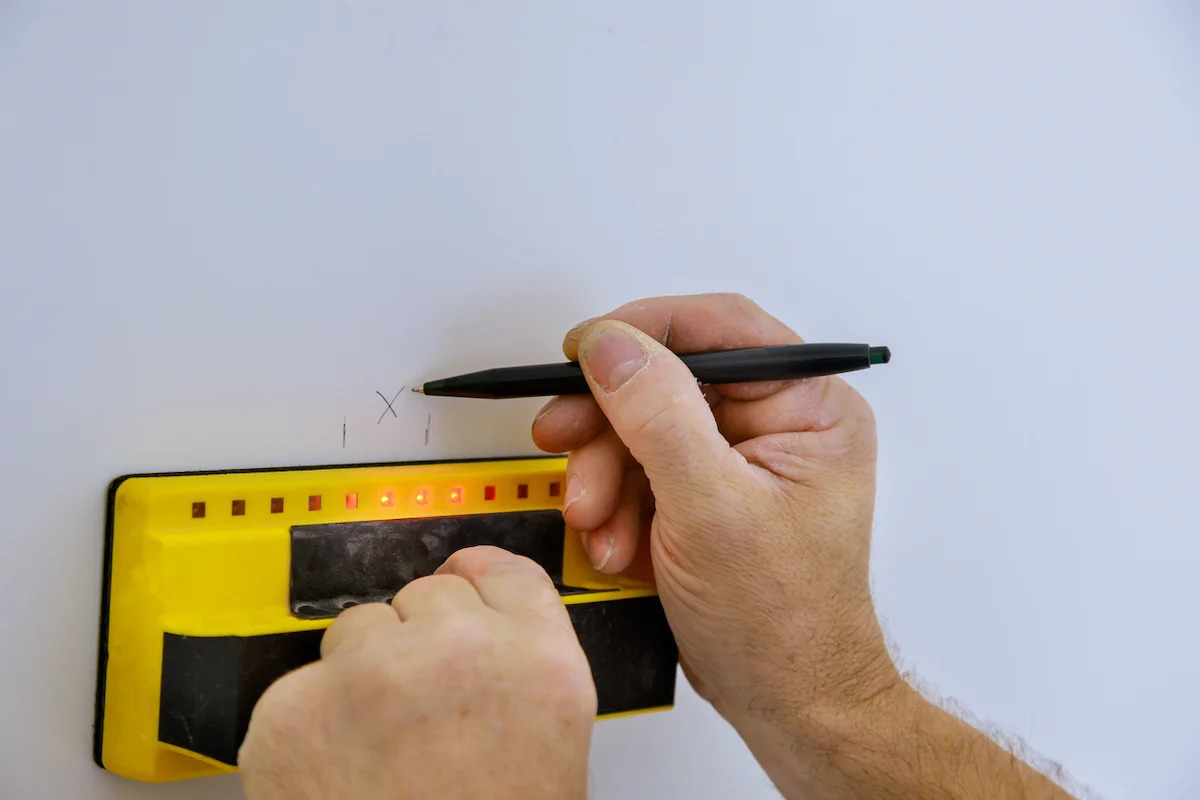
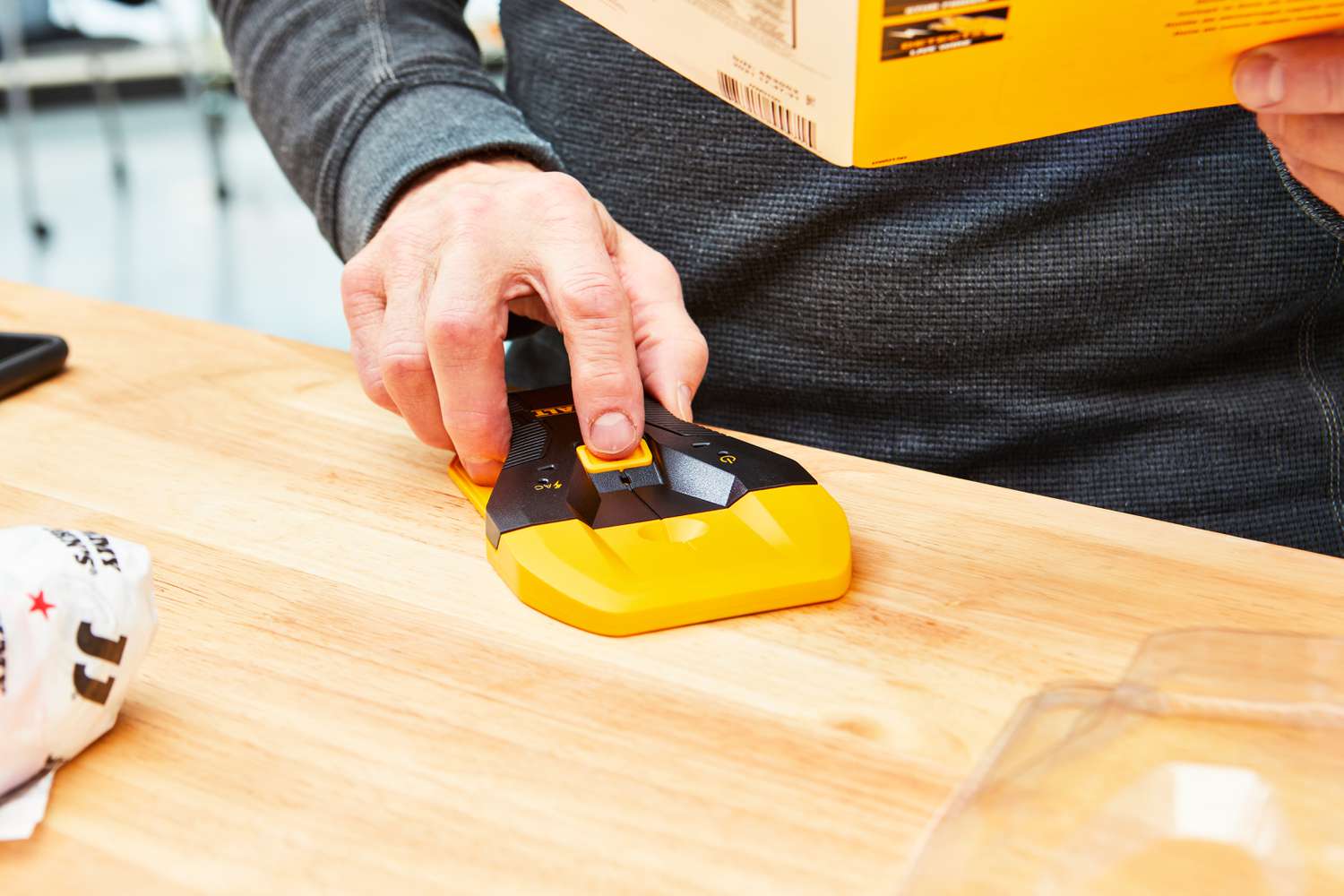
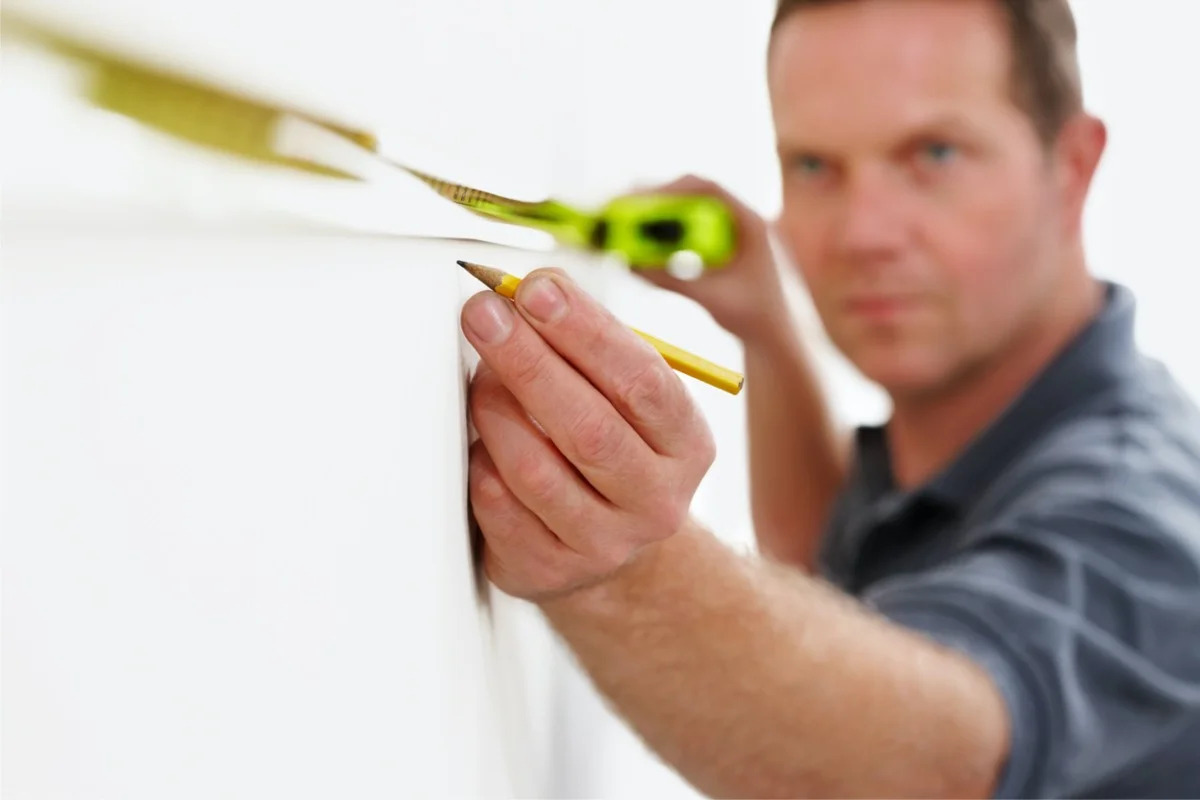
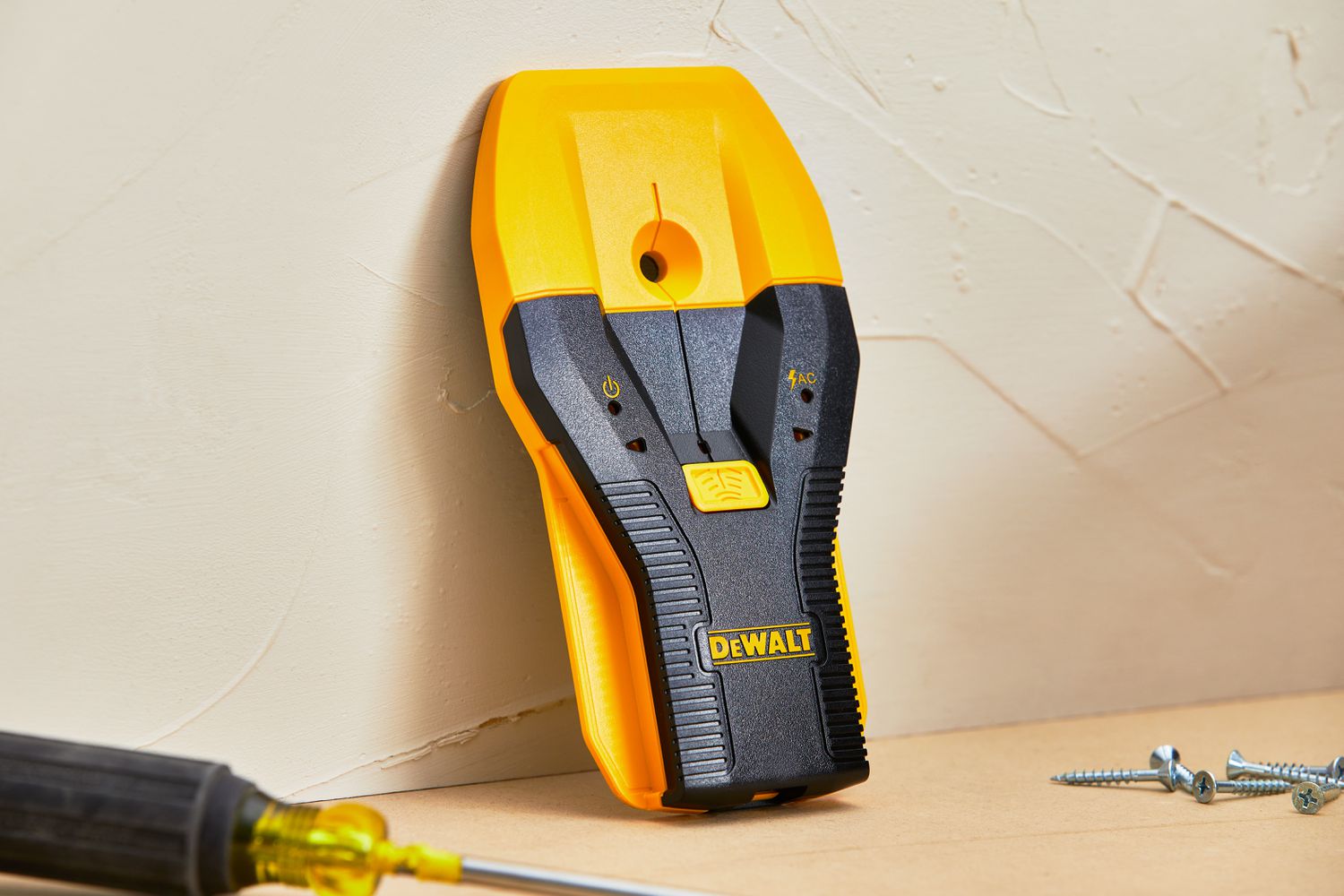
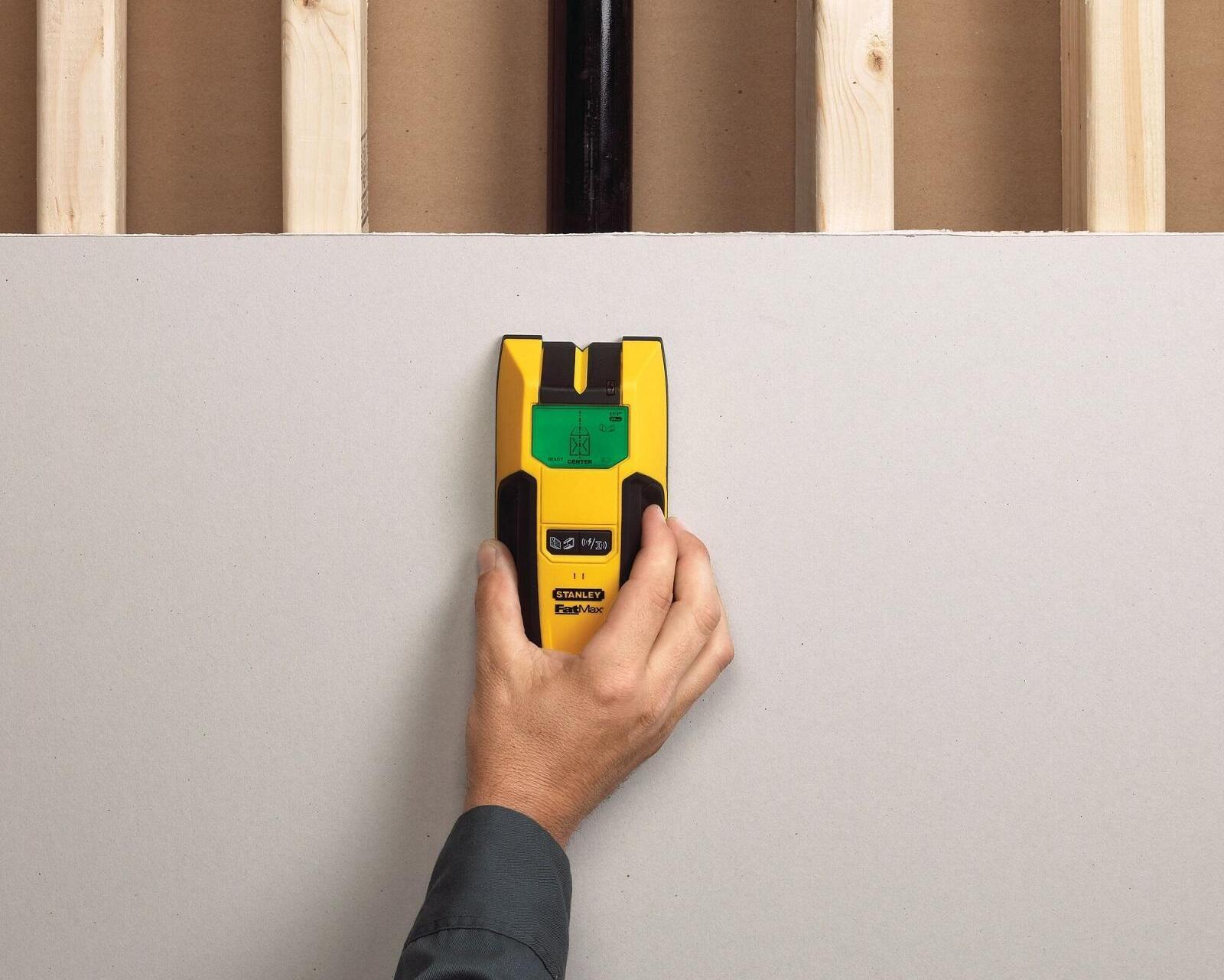
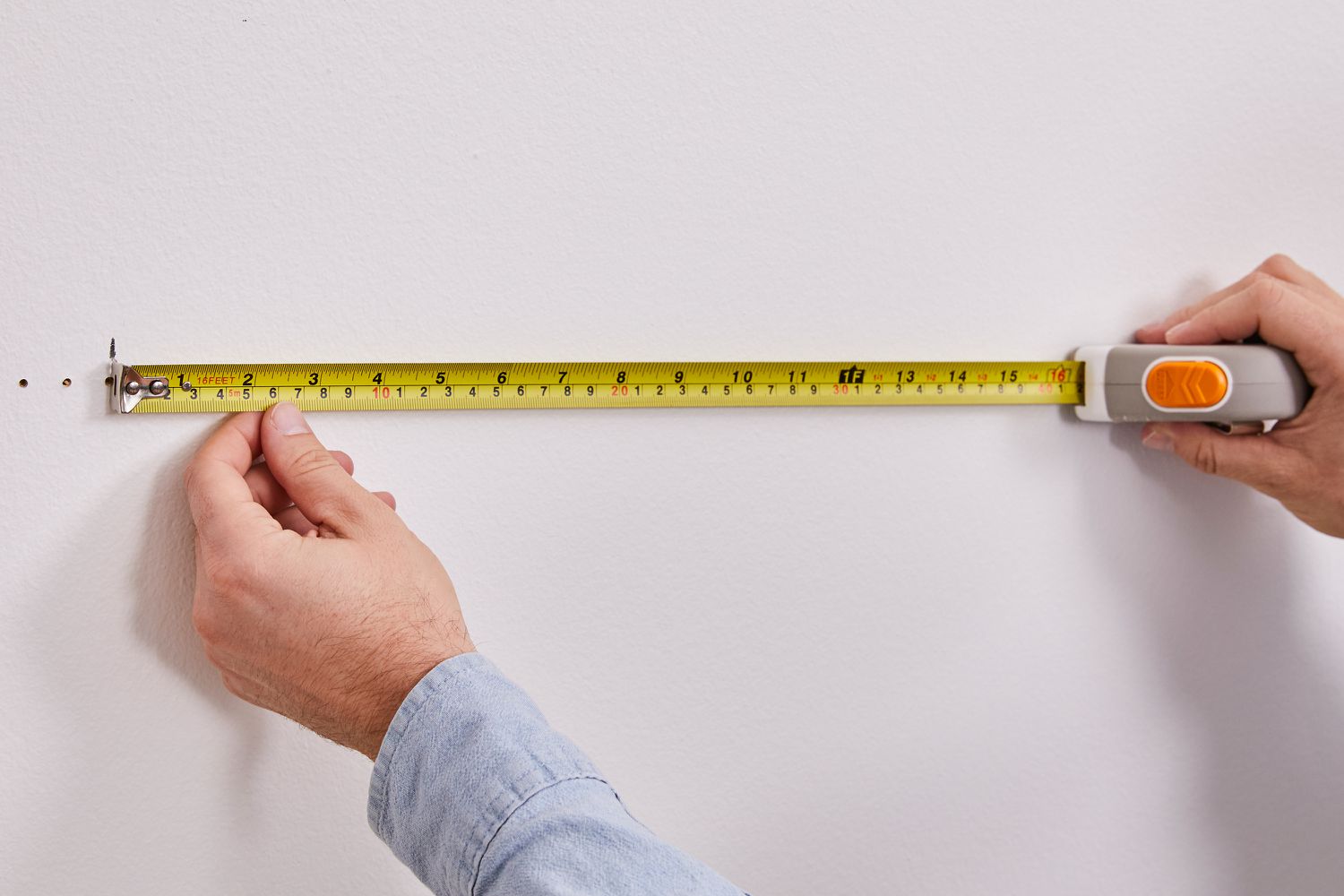
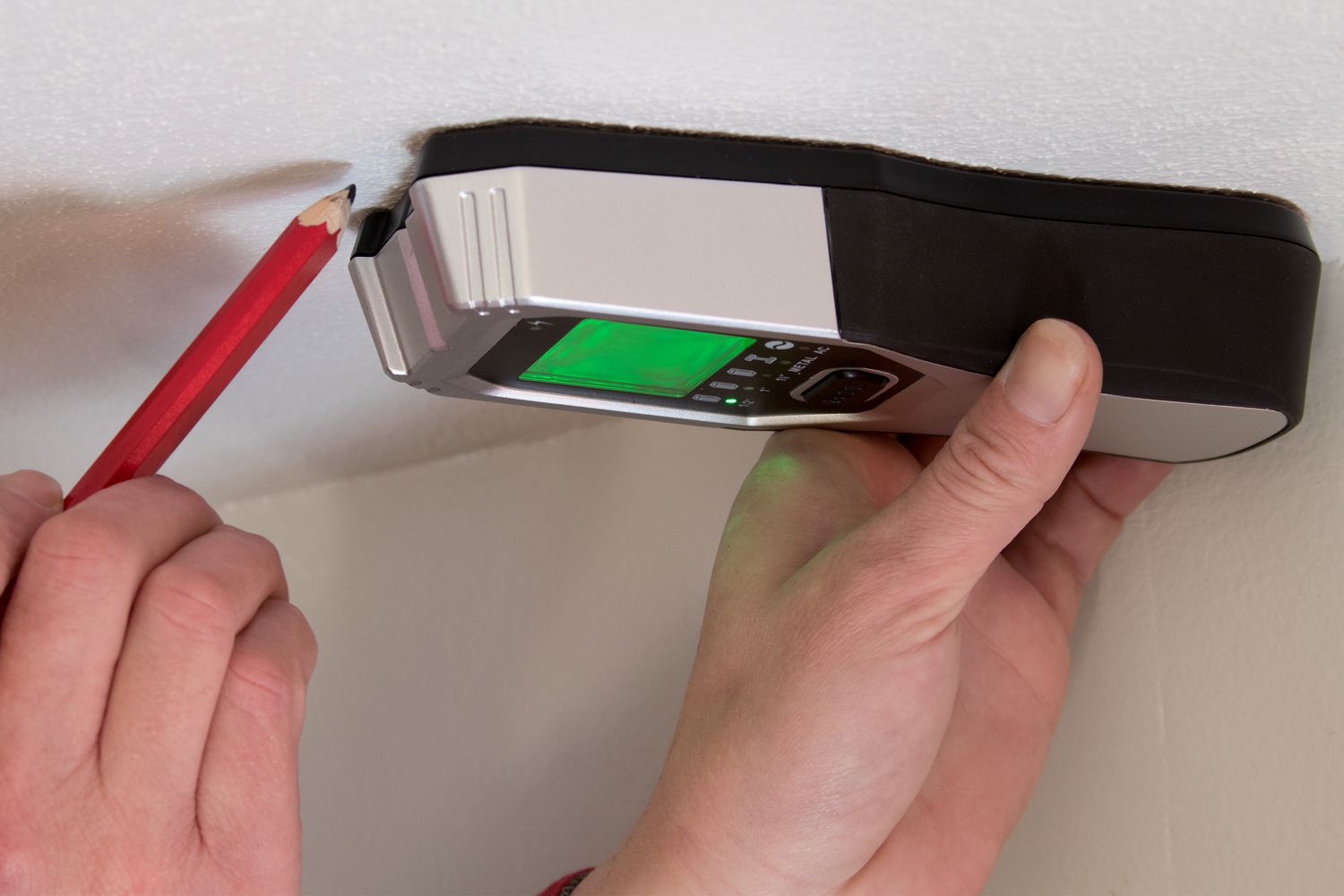


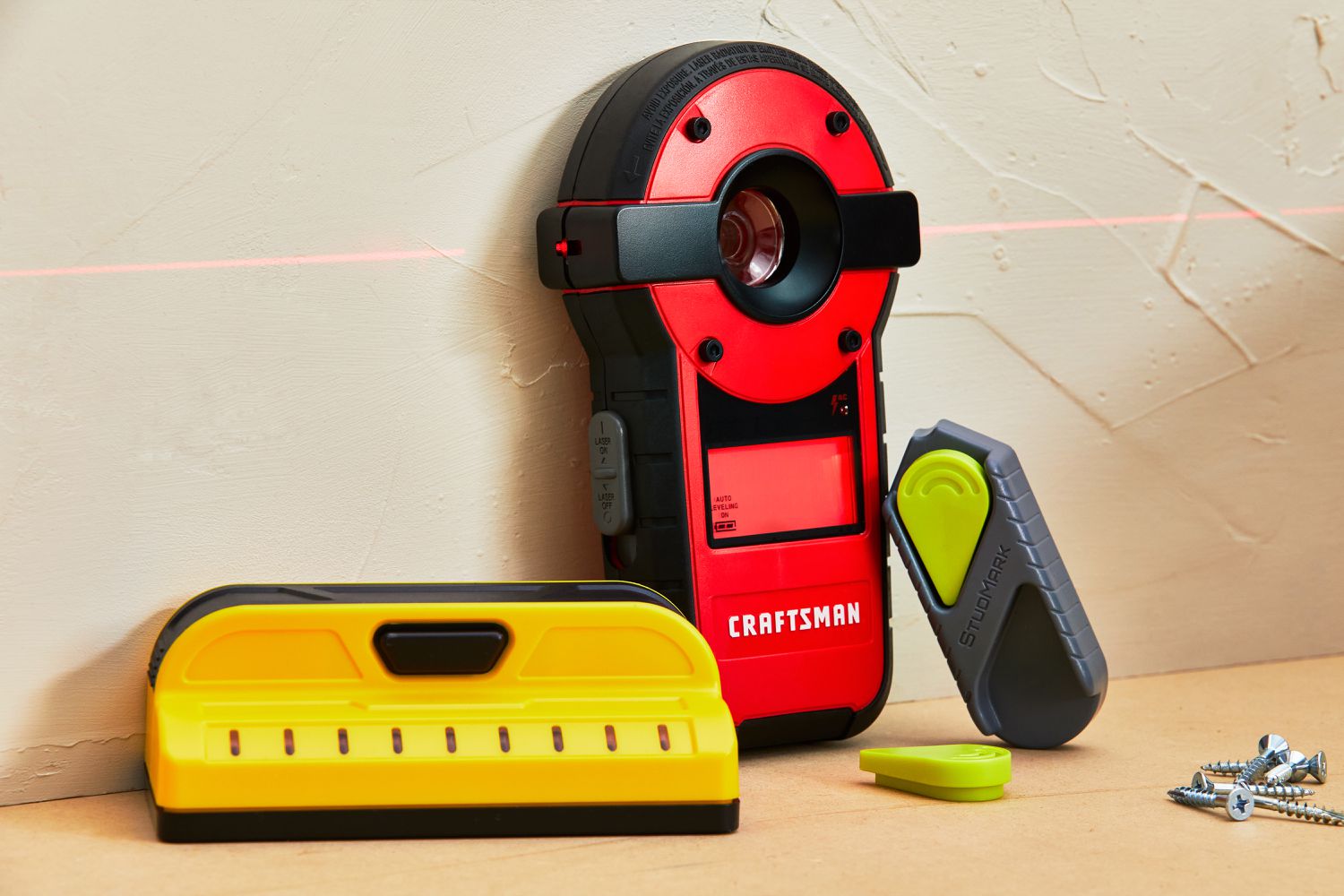
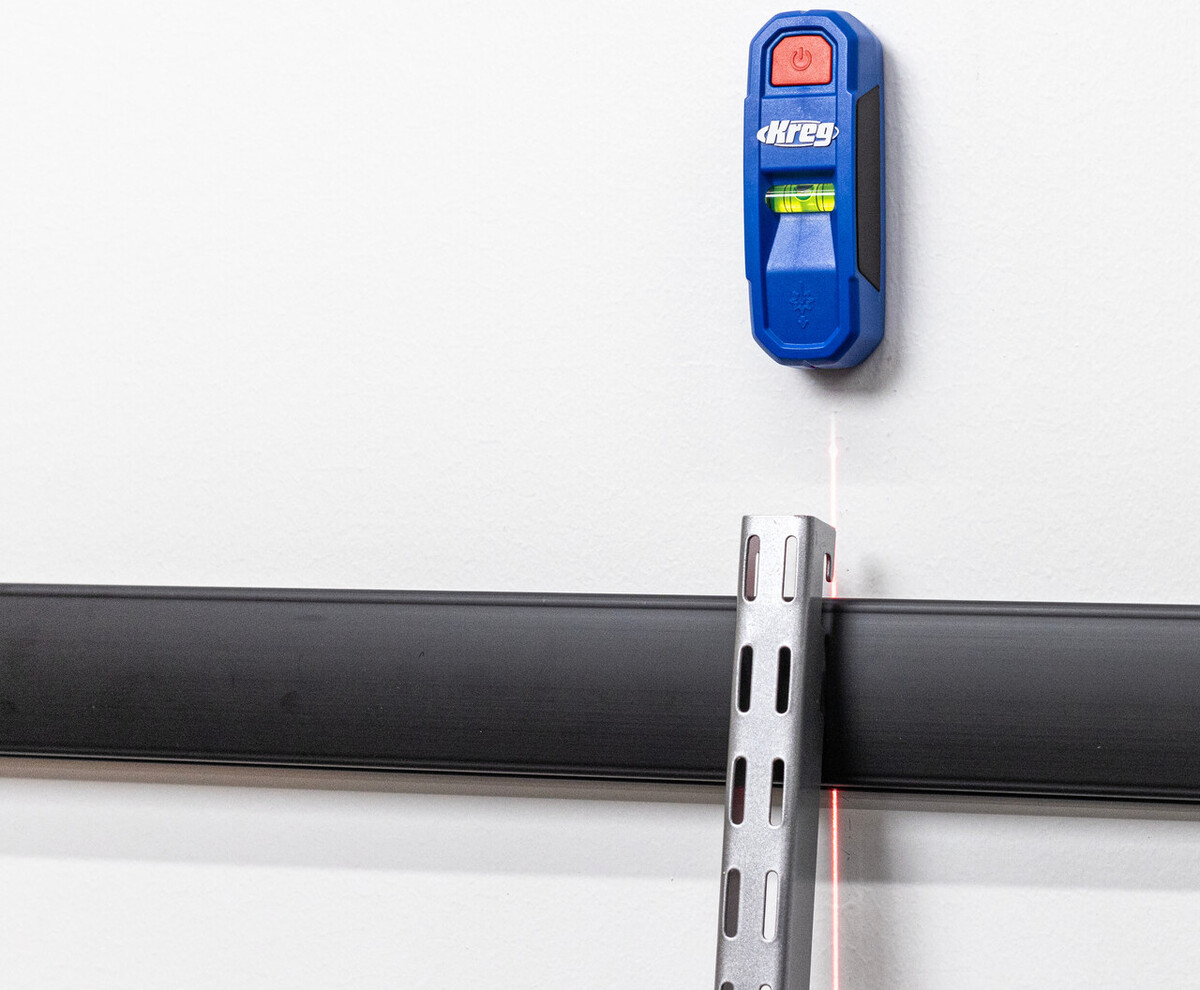
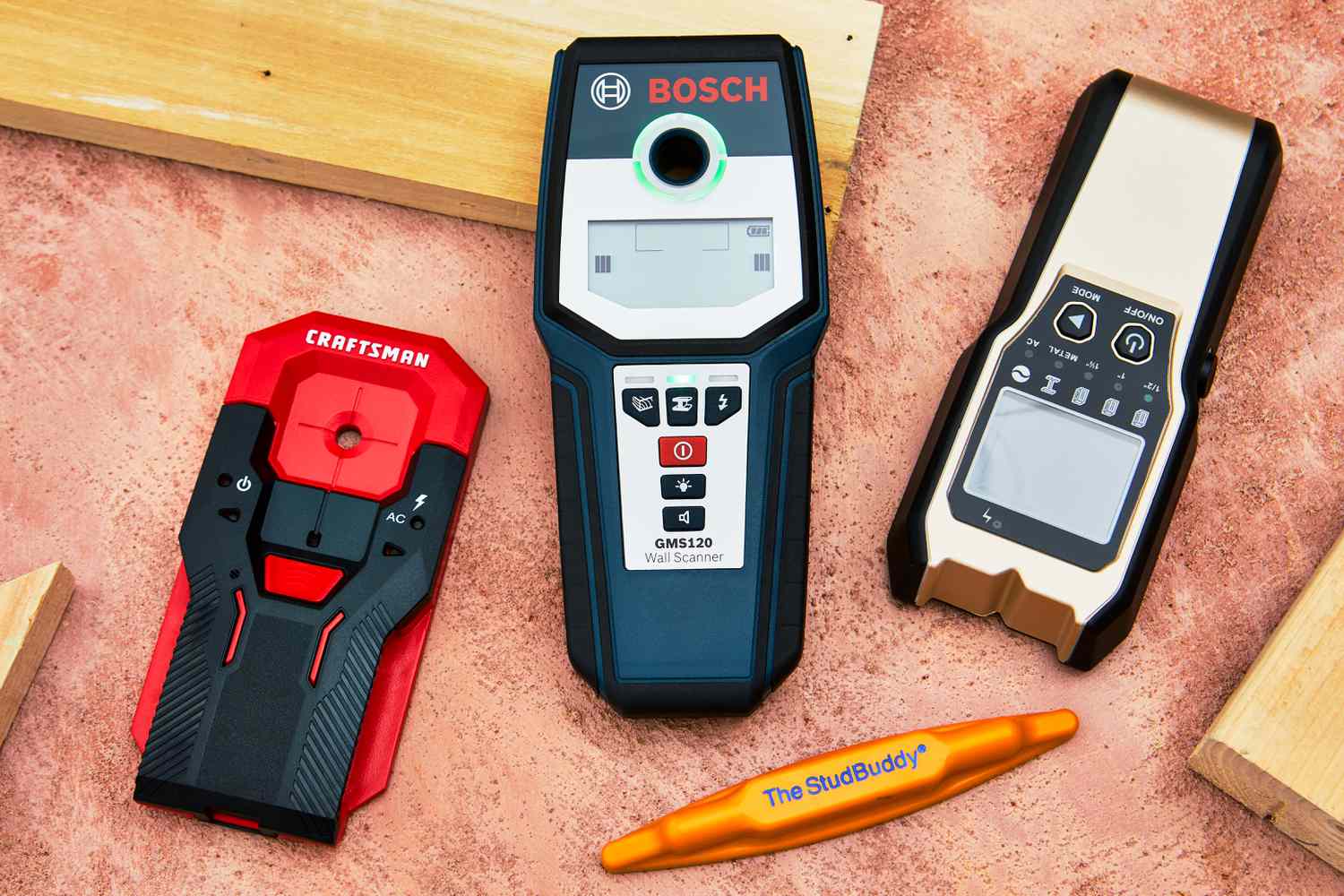
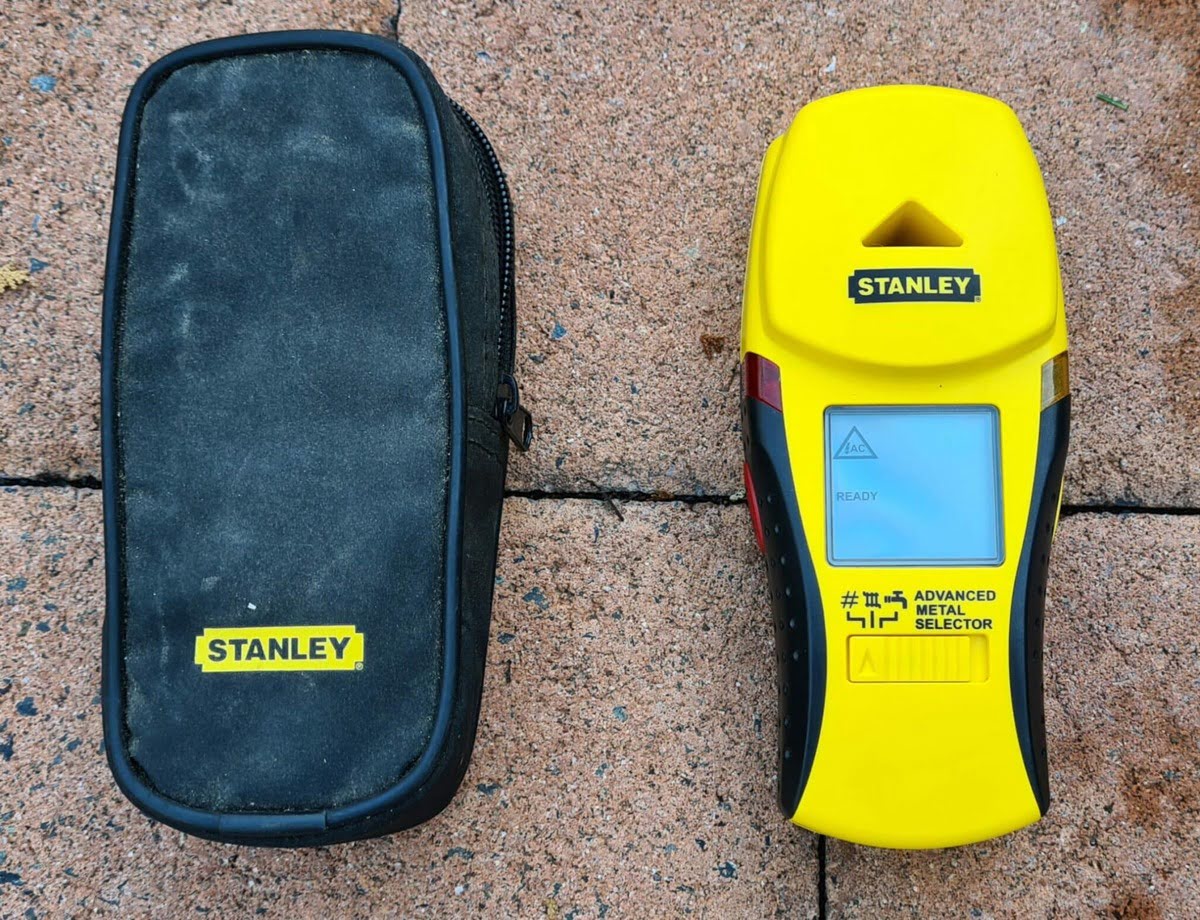

0 thoughts on “Why Do You Need A Stud Finder”